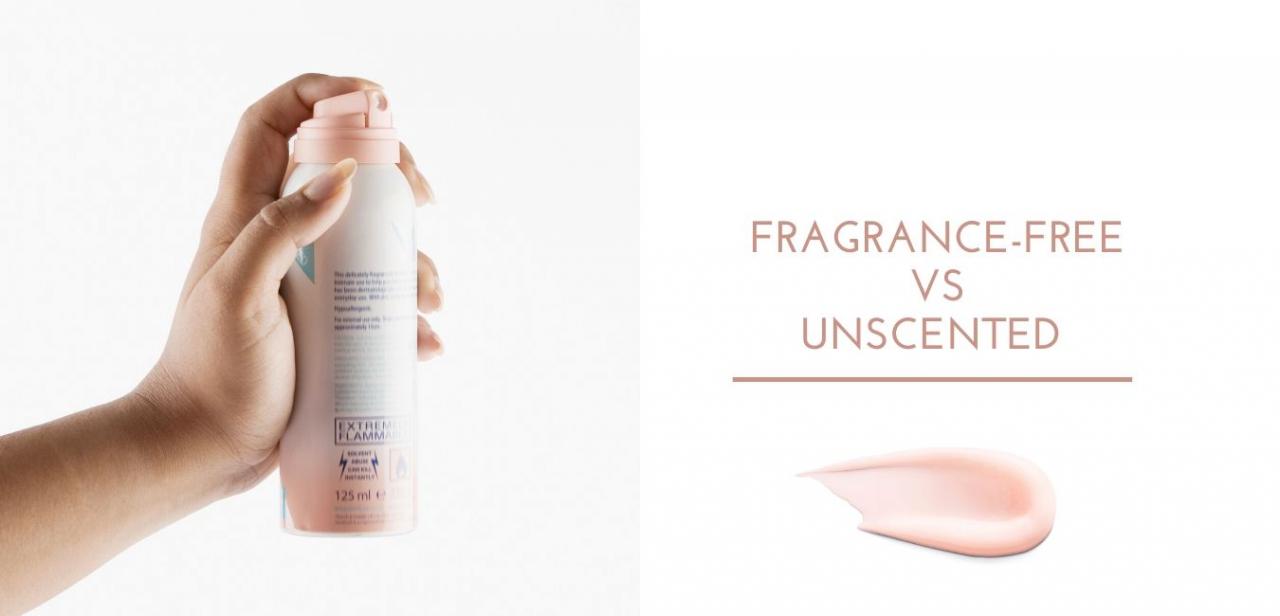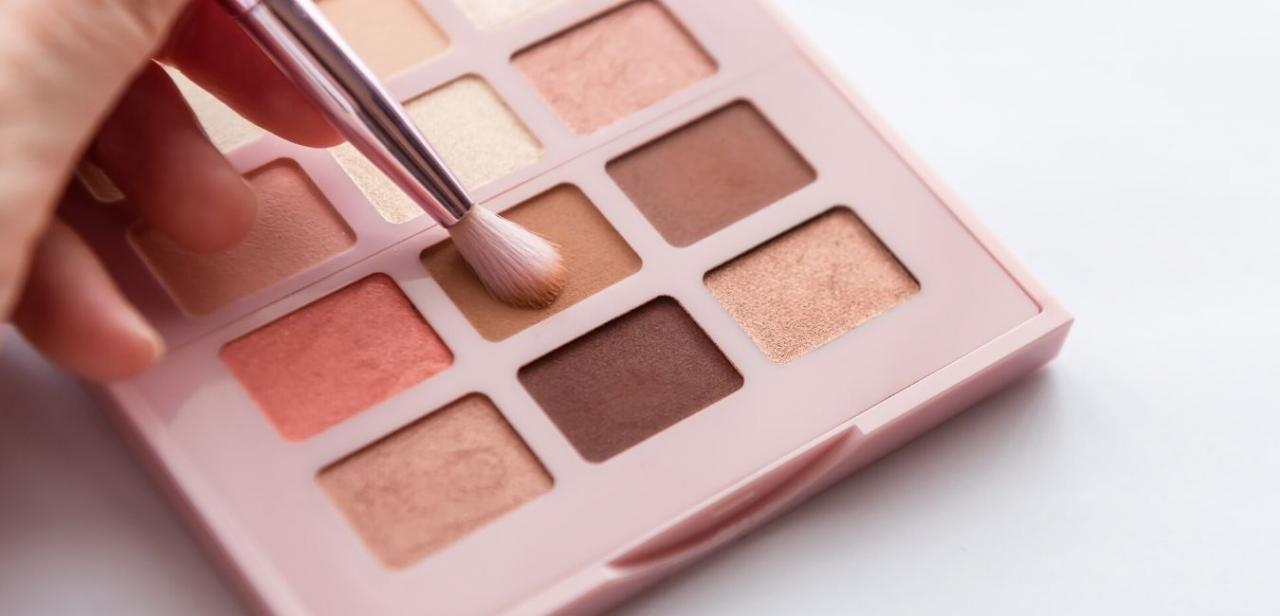 Auremar/PhotoSpin
Auremar/PhotoSpin
Perfume, whether used as a confidence booster or a mood enhancer, can also have negative effects on your the health of others. The risk of allergies, rashes and childhood obesity linger in the air along with the scent of perfume.
About 80-90 percent of today’s fragrances are synthetic, according to Fragranced Products Information Network, a grassroots effort to provide information and education on the dangers of fragrance, created in 1997.
In February 2012, WebMD.com reported that childhood obesity could be linked to chemicals found in cosmetics, according to the Children’s Environmental Health Center at Mount Sinai Medical Center in New York. The correlation was between obesity and phthalates.
Phthalates are endocrine disrupting chemicals found in lotions, nail polishes and perfumes. The researchers found that 97 percent of the obese children were exposed to phthalates found in personal hygiene products.
Strong fumes or orders act as triggers for asthmatics as well. Items such as household sprays, paint, gasoline, perfumes and scented soaps can aggravate inflamed, sensitive airways, according to the Asthma and Allergy Foundation of America.
Surveys have shown that up 72 percent of asthmatics are triggered by fragrance, according to FIPN.
In a study conducted by researchers in the Department of Medicine at Louisiana State University in 1995, it was found that perfume-scented strips in magazines could cause aggravated symptoms and airway obstruction in asthmatic patients.
Also, according to research, severe and atopic asthma increased risk of adverse respiratory reactions to perfumes, when studying the adverse affects of perfume inhalation in asthmatics.
Even if you have no initial reaction to the chemicals in your everyday products (personal hygiene items or cleaners), eventually regular use can cause a reaction or sensitivity, WebMD.com said.
An allergic skin reaction to perfumes is known as contact dermatitis. According to WebMD.com, contact dermatitis occurs when the immune system overreacts to normally harmless chemicals -- these chemicals you are repeatedly exposed to such as perfumes.
Allergy symptoms can appear on your skin first, often occurring 24 to 48 hours after exposure to chemical allergens or after as long as a week, according to WebMD.com.
The symptoms of contact dermatitis include:
Skin redness
Scaly patches of skin
Oozy blisters
Skin burning or itching
Swelling of the eyes, face and genital area
Hives
Sun sensitivity
Darkened, cracked skin
The most severe reaction is at the contact site, but by touching another part of your body, such as your face or neck, you can set off more reactions, according to WebMD.com.
If you develop an allergic reaction to perfume, a skin patch test can identify the cause of the reaction, according to WebMD.com.
Sources
Inhalation challenge effects of perfume scent strips in patients with asthma. PubMed.gov. Retrieved September 24, 2012.
http://www.ncbi.nlm.nih.gov/pubmed/7583865
Chemical Allergies. WebMD.com. Retrieved September 20, 2012.
http://www.webmd.com/allergies/chemical-allergies
Fragrance Facts & Fiction. Fpinva.org. Retrieved September 23, 2012.
http://www.fpinva.org/text/1a5d908-101.html
Can Perfume Make You Fat? WebMD.com. Retrieved September 23, 2012.
http://blogs.webmd.com/health-ehome/2012/02/can-perfume-make-you-fat.html
Sensitive Skin. American Academy of Dermatology. Retrieved September 24, 2012.
http://www.aad.org/media-resources/stats-and-facts/prevention-and-care/s...
Asthma Overview. Asthma and Allergy Foundation of America. Retrieved September 24, 2012.
http://www.aafa.org/display.cfm?id=8&cont=6
Reviewed September 25, 2012
by Michele Blacksberg RN
Edited by Jody Smith





Add a CommentComments
There are no comments yet. Be the first one and get the conversation started!